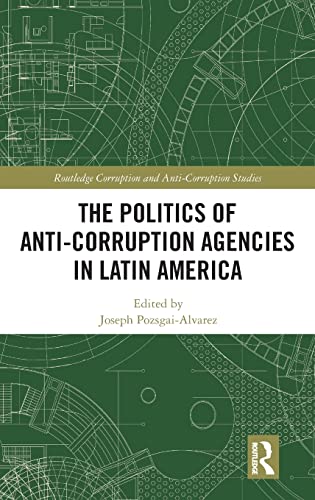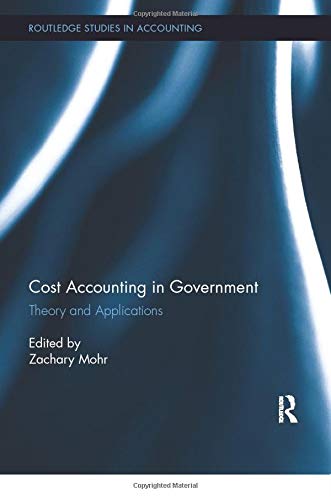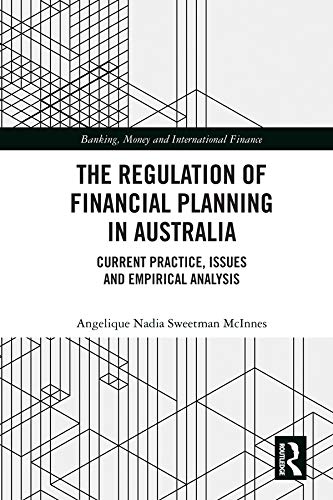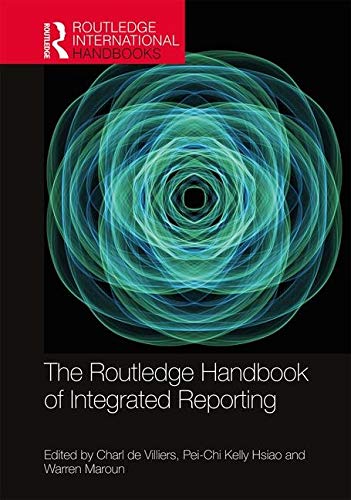Description
Book Description
This book investigates the history, development, and current state of anti-corruption agencies in Latin America.
In recent decades, specialized anti-corruption agencies have sprung up as countries seek to respond to corruption and to counter administrative and political challenges. However, the characteristics, resources, power, and performance of these agencies reflect the political and economic environment in which they operate. This book draws on a range of case studies from across Latin America, considering both national anti-corruption bodies and agencies created and administered by, or in close coordination with, international organizations. Together, these stories demonstrate the importance of the political will of reformers, the private interests of key actors, the organizational space of other agencies, the position of advocacy groups, and the level of support from the public at large.
This book will be a key resource for researchers across political science, corruption studies, development, and Latin American Studies. It will also be a valuable guide for policy makers and professionals in NGOs and international organizations working on anti-corruption advocacy and policy advice.
Table of Contents
Part I: National commissions, agencies, and systems
- Introduction: Locating anti-corruption agencies within the politics of anti-corruption in Latin America Joseph Pozsgai-Alvarez
- Anti-Corruption Whack-a-Mole: Costa Rica’s de-centralized agencies and increasingly sophisticated corruption Bruce M. Wilson and Evelyn Villarreal Fernández
- Combating Corruption in Chile: The Presidential Advisory Commissions on Public Probity, 1994-2015 Patricio Silva
- Promise, Invisibility, Politicization: The waving path of the Anti-Corruption Office in Argentina Manuel Balán
- The Politics of Building Anti-Corruption Institutions: The Case of Anti-Corruption Agencies in Peru Sofia Vera and Joseph Pozsgai-Alvarez
- The Anti-Corruption Agency and Its Policy Role in Colombia: Improvement in Institutional Capacity or Political Symbolism? Pablo Sanabria and Claudia N. Avellaneda
- Corruption control under fire: A brief history of Brazil’s Office of the Comptroller General Fernanda Odilla and Denisse Rodriguez-Olivari
- Mexico’s National Anti-Corruption System Bonnie J. Palifka, Ingrid Valeria Galicia González and María de los Ángeles Estrada
- Dealing with the “original contradiction” in fighting corruption in countries with systemic corruption: A critique of the cases of Brazil and Mexico and their multiorganizational strategies David Arellano-Gault and Gabriel S. Rojas
Part II: International missions and commissions - Unprecedented Success and Entrenched Opposition: The Complicated Legacy of the International Commission Against Impunity in Guatemala Jeffrey Hallock
- The Mission to Support the Fight Against Corruption and Impunity in Honduras (MACCIH) and its New Integrated Criminal Investigation Model Ana María Calderón Boy
- Ten Key Lessons from the OAS Mission in Support of the Fight against Corruption and Impunity in Honduras Charles T. Call
- The Role of the United Nations and the Organization of American States in Delegation of Governance Agreements: The Case of Hybrid Anticorruption Agencies in Central America Laura Zamudio-González
- The Illusion of CICIES in El Salvador Úrsula Indacochea and Jessica Estrada
- Empty promises to fighting corruption in Ecuador: The failure of the International Experts Commission against Corruption in Ecuador (CEICCE) Claudia Escobar
- Conclusion: The Anti-Corruption Agency Space in Latin America Joseph Pozsgai-Alvarez
Index






